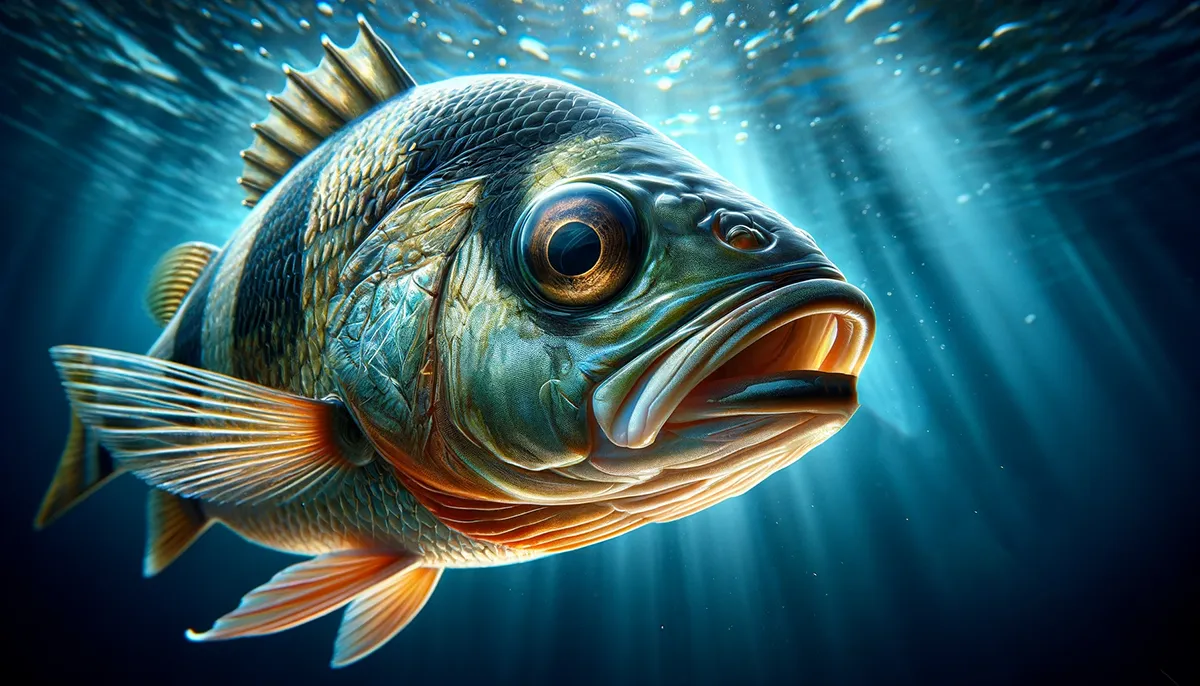G’day, mates! Welcome to the thrilling world of bream fishing—a true-blue Aussie pastime that gets us all buzzing. There’s nothing quite like the rush of reeling in a feisty bream, especially when you’ve got perfect bream lures at the end of your line. It’s all about using the right gear and a bit of know-how to land these beauties. That’s where we come in!
In this yarn, we’re going to spill the beans on how to catch bream like a pro. We’re talking about choosing the best lures for bream that’ll have you catching them hand over fist. Whether you’re a seasoned angler or just wetting a line for the first time, we’ve got the insider tips that’ll make your next fishing trip a cracker.
And hey, while we’re at it, don’t forget to check out ReelBoss for top-notch fishing lines that’ll have you fighting those breams like a boss. Head over to ReelBoss and see what we’re on about. Trust us, pairing our tips with ReelBoss’s gear? You’ll be unstoppable. Let’s dive in and get those reels singing, shall we?
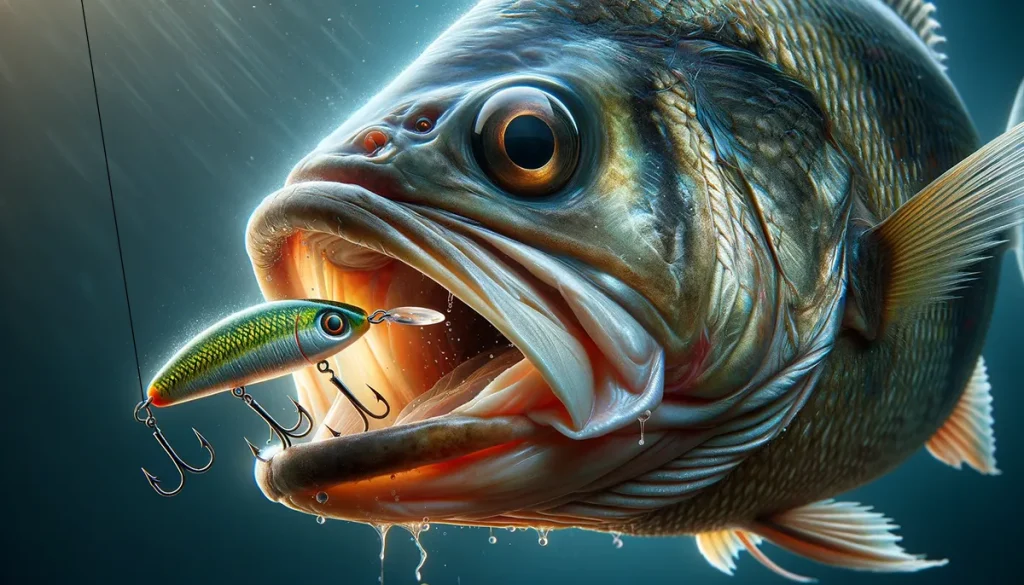
Understanding Bream Behavior
Alrighty, diving deeper into bream fishing, it’s crucial to get a good handle on bream behavior, especially how these cheeky fish act in different spots—be it open water, shallow water, or among the snags and weeds. Knowing where they’re likely to hang out or feed can seriously up your game with the right bream lures.
In open water, breams tend to be a bit more cautious, often feeding on whatever passes by. This is where your choice of bream lures needs to be top-notch. Shallow water and areas with plenty of cover, though, that’s where the fun starts. Breams love hiding out and ambushing their tucker in these spots.
This is why choosing the best bream lures isn’t just about what looks good to us on the shelf. It’s about what’ll tempt those bream based on where they’re spending their time. Get this bit right, with the perfect bream lures in hand, and you’ll be on to a winner, with more bream than you can handle!
The Role of Lure Selection in Targeting Bream
Stepping into the role of bream lures selection, it’s a bit like choosing the right bait for the big game. In the world of bream fishing, having a variety of lures in your tackle box is like having a secret weapon up your sleeve. Let’s break it down, shall we?
Soft Plastics for Bream
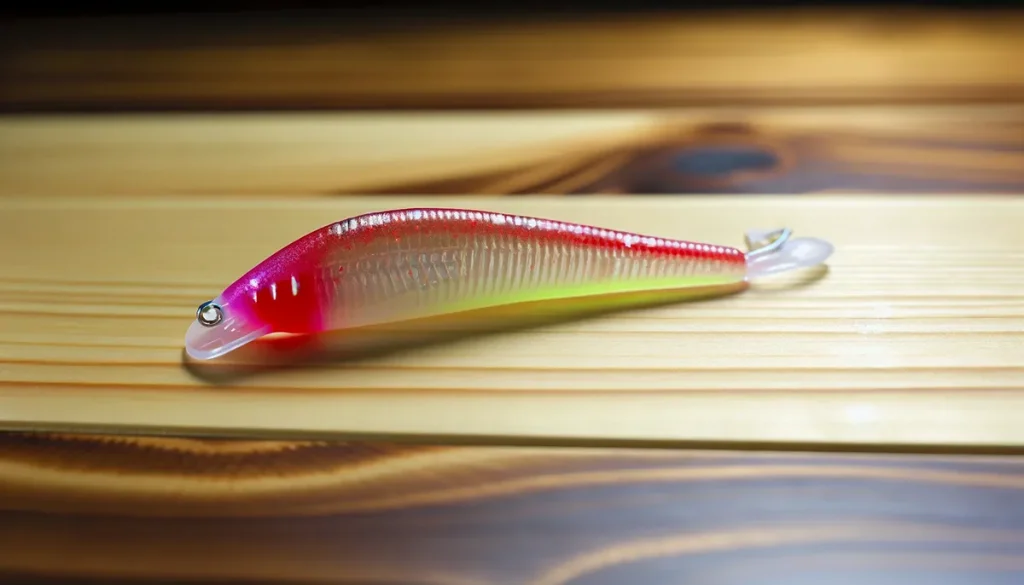
When it comes to versatility, soft plastics for bream are your go-to. They mimic the natural prey of bream to a T, making them irresistible. Whether you’re flicking them around structures in shallow water or letting them drift in open water, soft plastics can be a game changer. The trick is to match the hatch, as they say—choose a colour and size that resembles the bream’s current snack of choice.
Surface Lures for Bream
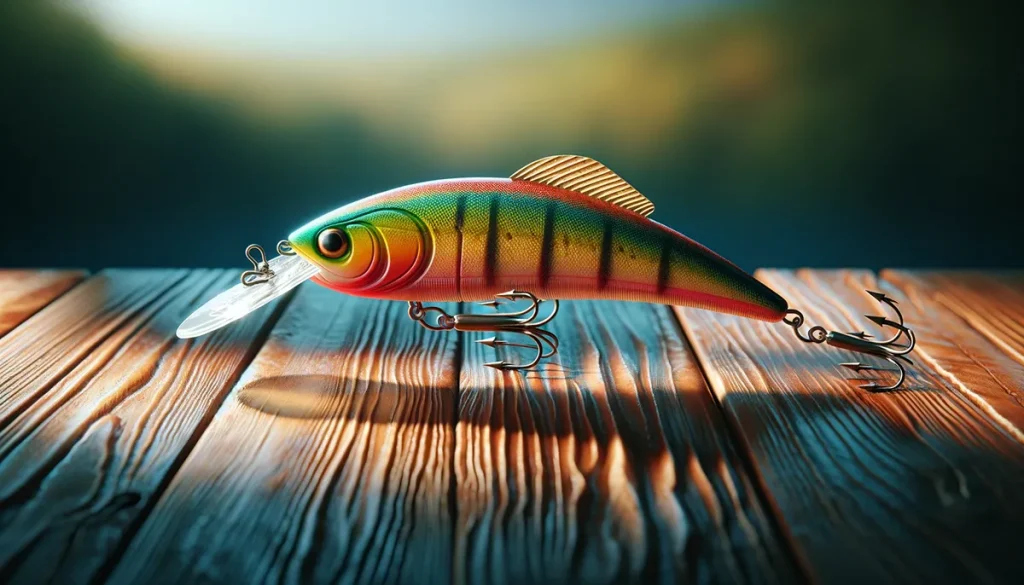
Now, for a bit of fun on the top, surface lures offer explosive action. Dawn and dusk, when the water’s calm and bream are hunting surface bugs, is prime time for these beauties. Watching a bream smash a surface lure is something you won’t forget in a hurry!
Pairing jig heads with your soft plastics can turn a good day on the water into a great one. The right weight and hook size make your lure behave just like the real deal, getting down to where the breams are feeding. It’s all about matching your gear to the conditions and what the breams are after. Nail that, and you’re in for a ripper day of bream fishing.
Techniques for Using Bream Lures
Alright, let’s get into the nitty-gritty of using those bream lures effectively. Whether you’re casting soft plastics or surface lures, the way you flick ’em and reel ’em in can make all the difference between a bite and a bust.
When you’re out in open water, casting your soft plastics needs a bit of finesse. It’s not just about chucking them as far as you can but placing them where the bream is likely feeding. A slow, steady retrieve with occasional twitches mimics a wounded baitfish perfectly, making it irresistible for bream on the hunt.
In shallow water, things get a bit more personal. Using bream lures like surface lures here is a blast, especially early morning or late arvo when breams are looking up for their feed. Cast close to structures or overhangs, and work your lure back with gentle twitches. The splash and commotion are bound to get some attention.
No matter where you are, the trick to target bream is observing and adapting. Different times of day and water conditions might mean switching up your lures and technique. Keep a keen eye on the water, and don’t be afraid to experiment. With a bit of practice, you’ll be landing bream left, right, and center, making every cast count.
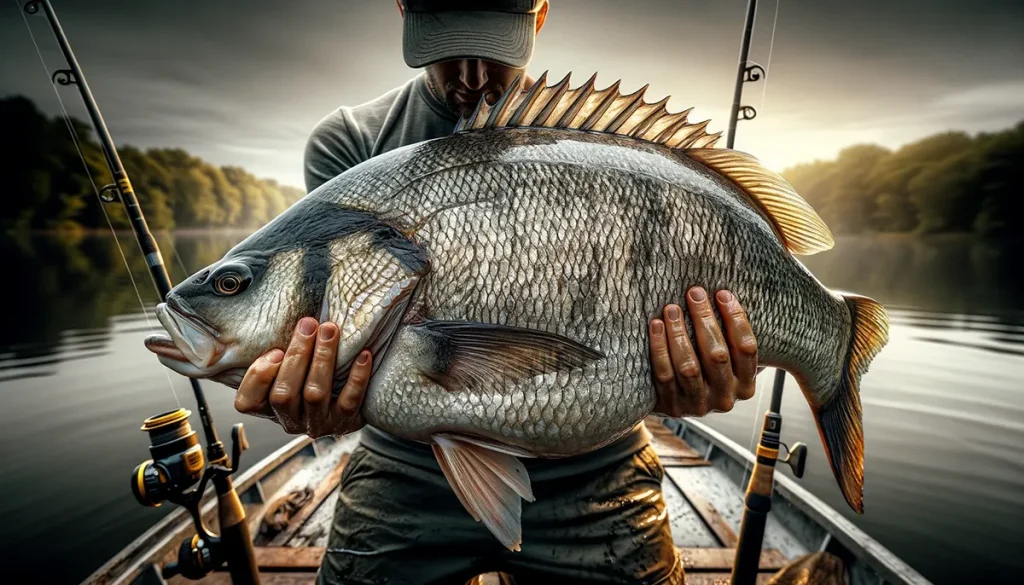
Choosing the Right Lure Colour and Size
Now, let’s yarn about picking the right lure colour and size because believe it or not, these little choices can be the difference between a brag-worthy catch and a quiet day. When it comes to catching fish, especially those crafty bream, getting your bream lures to look like a part of their regular diet is key.
The lure colour should match the water conditions you’re fishing in. In clearer waters, go for more natural, subdued colours that mimic the bream’s prey. Think along the lines of greens, browns, and silvers that blend in but still catch the eye. In murkier waters, however, you’ll want to switch it up with brighter colours or even fluorescent ones to make sure your lure stands out and grabs attention.
Size-wise, keep it realistic. Breams have a pretty keen eye for spotting what’s dinner and what’s dodgy. Matching the size of the local feed not only makes your lure more appealing but also more believable. Keep these tips in mind, and you’ll be on your way to landing more bream than you can handle!
Advanced Tips and Tricks
Alright, for those looking to really up their game, let’s dive into some advanced tips and tricks that’ll have you using bream lures like a pro. First up, don’t underestimate the power of tweaking your jig heads. Adjusting the weight can change the lure’s sink rate and action, making it more enticing to those wary bream. A lighter jig head in shallow water can be the ticket to a subtle presentation, while a heavier one might be just what you need for deeper spots.
Now, onto the art of bream lures action. The best bream lures aren’t worth their salt if they’re not used right. Experiment with different retrieves—quick twitches, slow rolls, or even a pause-and-jerk technique can mimic a wounded baitfish or a fleeing prawn perfectly.
But here’s the clincher: stealth and patience. Bream can be skittish, so approaching your spot quietly and giving your lure time to work its magic is crucial. It’s about outsmarting them with your best bream lures, giving that lure the most natural presentation possible. Keep these tips in mind, and you’ll see why the old saying, “patience is a virtue,” really rings true in bream fishing.
Gear and Setup Recommendations
Alright, let’s talk gear. For bream fishing, you want a setup that’s as versatile as your lure box. Starting with rods, a light to medium-light action stick is your best bet. It gives you the sensitivity to feel those subtle bream bites, especially when you’re working with soft plastics or surface lures. Pair that with a 1000 to 2500-size reel spooled with a 4-8 lb braid, and you’re in business. The braid gives you the edge with its lack of stretch, meaning you can feel every nibble and twitch.
Now, let’s not forget about jig heads and hooks. The right choice here is critical for making your soft plastics dance just right. For surface lures, sharp, light hooks ensure your lure performs its best on the top. Remember, the goal is to match the hatch, so picking jig heads and hooks that complement the size and action of your lure is key to tricking those savvy bream. Get this combo dialed in, and you’ll be well on your way to pulling in bream after bream, making every trip a ripper.
Conclusion
And there you have it, folks! We’ve covered the ins and outs of selecting the best bream lures and fine-tuning your techniques to ace how to catch bream. Remember, the right lure colour and the way you work it can make all the difference in your catch fish success rate. Whether you’re flicking soft plastics in the shallows or casting surface lures at dawn, it’s all about understanding what gets those bream biting.
But don’t just take our word for it. The real magic happens when you start experimenting with different lures, colours, and techniques. Fishing is a constant learning game, and there’s always a new trick to try or a new lure to test out. So, get out there, give it a go, and find what works best for you. Here’s to tight lines and brag-worthy catches with the best bream lures. Happy fishing, mates!
